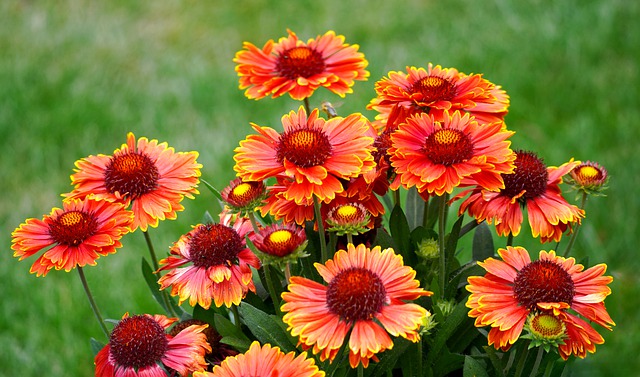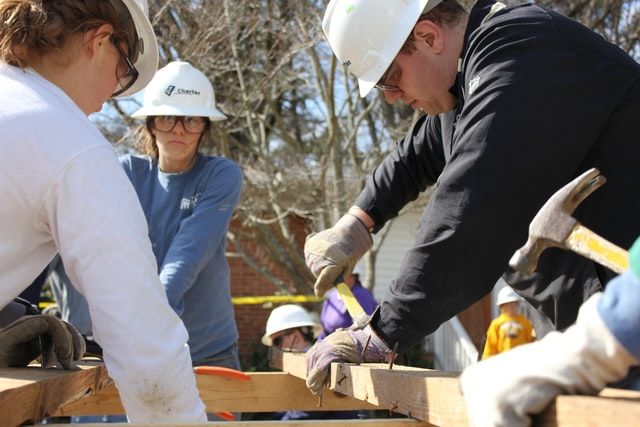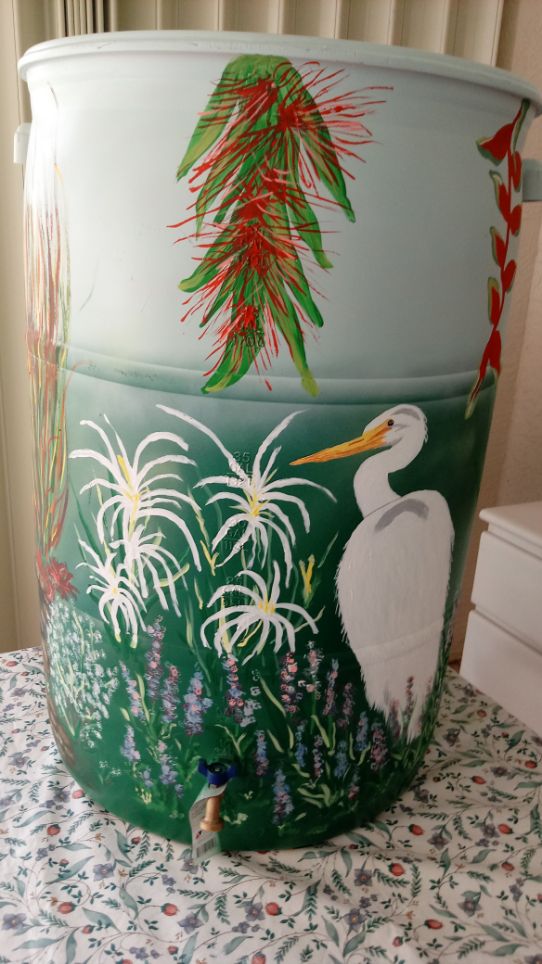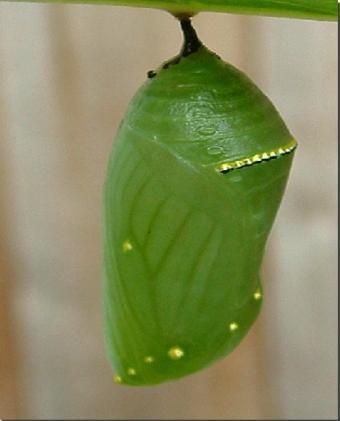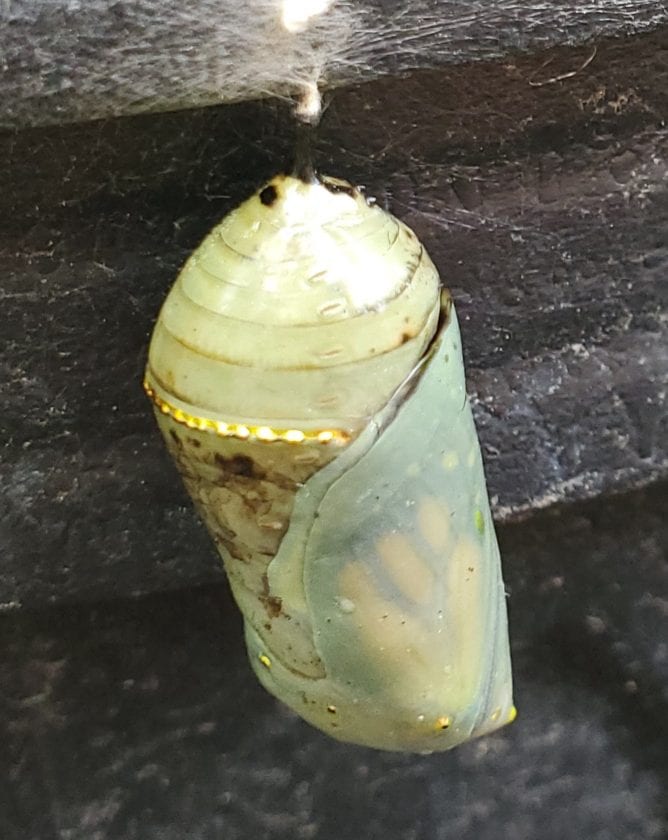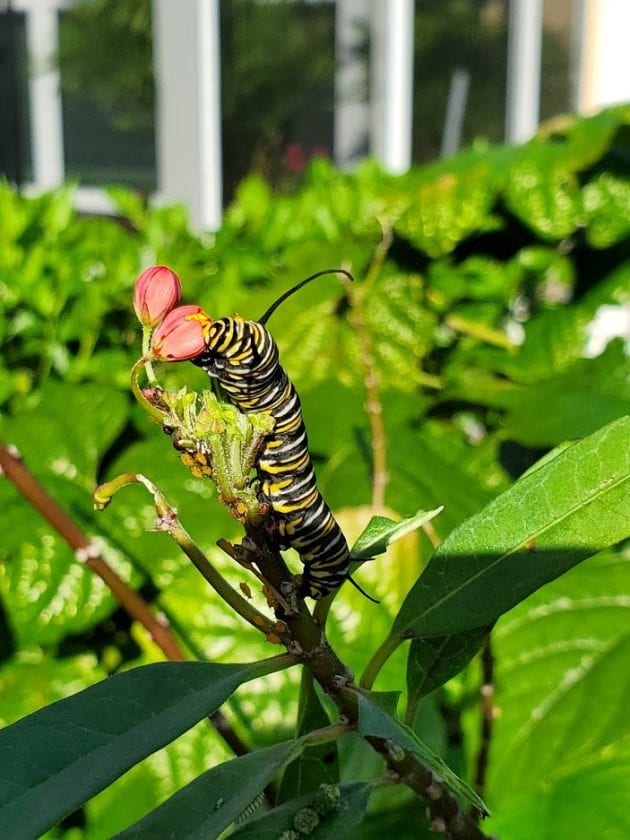Go Native!
May 27, 2021
Click Here for full article in the Cape Coral Breeze
Thinking of adding a new plant bed around your patio? Or perhaps landscaping your entire yard? Consider making it a true Florida yard with plants that have spent eons adapting to our dry, sandy, alkaline soil. All do well in our summer heat. There are so many interesting plants to choose from!
Members of the Garden Club of Cape Coral have recently finished planting a water-wise landscape for a Habitat for Humanity home. We collaborated with Lee County Master Gardeners to select the right plant for the right place. Below are some of our plant choices.
Coontie: A shrub that looks like a fern, but is as tough as nails. It does not need to be trimmed to remain below your windows, so you can see out. It gradually adds baby plants around the main bulb and gets wider with age. Mature plants put out one flush of new leaves only in spring. This was once a common plant throughout Florida and was the food for the Atala butterfly. When coonties became almost extinct, so did the butterfly. Rotary Park has brought this butterfly back to our area, where it is spreading locally. (Butterfly tours are available Friday and Saturday at 10:30 a.m.)
Horizontal or coastal cocoplum: Unlike the red-tipped cocoplum, which is also a great hedge, this shrub is easily kept to 3 feet tall, growing more wide than tall. Very salt tolerant with no insect problems, this bush is right at home in our soil.
Firebush: Loves our sandy soil and is a magnet for pollinators and nesting birds. It has red tubular flowers all year. You may trim it but it loves to grow to at least 5-8 feet tall.
Jamaica caper: Try this for a handsome hedge that will screen your place from neighbors. Mine is 5 feet wide and 12 feet tall, full of fragrant spring blooms from top to bottom. A showstopper!
Muhley grass: There are a number of native bunching grasses to choose from, some smaller or larger than Muhley. It is fun to watch on a windy day, with it’s 2 to 3-foot grass leaves waving in the breeze. It is spectacular in the fall when filmy mauve pink blooms rise above the leaves to 4 feet for about 2 months. It only needs to be trimmed once, after the blooms have faded, to about 3-6 inches. Soon, new grass will appear and the cycle will start again.
“Mrs. Schiller’s Delight” dwarf viburnum: Dark green, fine leaved bush growing 3-5 feet with white flowers in spring. Not all natives like our soil. Viburnums grow all along the east coast, getting up to 20 feet tall and like richer, acid soil. So mix some coconut coir and compost into your sandy soil when this dwarf is planted.
Paradise tree: This is a large, tropical shade tree to 40-50 feet, with pinnate or “feather” shaped leaves, resistant to hurricane winds. Flowers attract pollinators in April. It prefers moist yet well drained sandy soil. Although it grows well in our sand, it will grow faster in richer soil or with fertilizer.
Golden Creeper: A great light green dune shrub that grows 1-2 feet tall but mostly spreads outward with gracefully curving branches. You may trim them into a low hedge, or let them billow naturally. Sandy, well draining soil is best. Rich, moist soil will kill them. Two of my neighbors have this as a border near the street.
Dune Sunflower: This cheerful yellow daisy flower invites butterflies. Happiest in sandy, low nutrient soil in full sun, it gets about 1 foot high. I grew it in rich soil one year and it just got way too big. Give this ground cover 6-10 feet of space to spread out. It will grow roots where stems touch the ground. You can even mow it to keep it extra low.
Blanket flower or Guillardia: From Mexico, this plant lasts about a year, blooming constantly. It spreads out, as it grows, like a blanket. Get more bright red to yellow flowers by trimming off the old blooms. After blooming for a couple of months, trim it back to keep it nicely shaped.
Finding some of these plants may be difficult in your neighborhood nursery, but are readily available at a native nursery store. As you visit a native nursery, you will discover many more plants suitable for your Florida yard. Going native will save you time and money in fertilizer, pest control and irrigation. Go native!
Sherie Bleiler is Past President of the Garden Club of Cape Coral.
